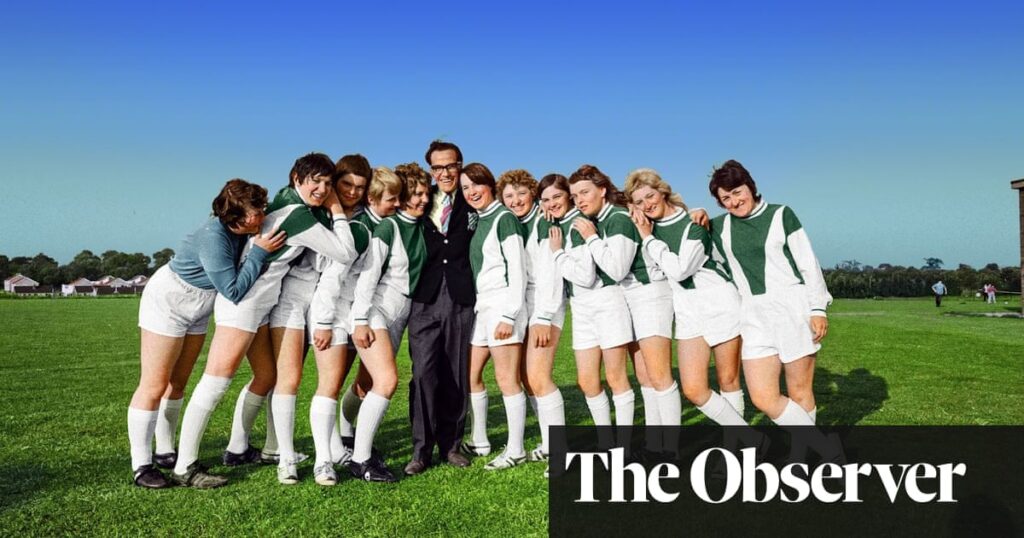Football News: Celebrating the Forgotten History of Women’s World Cup
In a remarkable turn of events, the untold story of the pioneering 1971 Women’s World Cup, held in Mexico, is finally being brought to light. The documentary film “Copa 71” is set to hit UK cinemas this month, shedding light on one of the most significant yet overlooked moments in football history.
The film unveils the incredible journey of the England national team, led by a 19-year-old Janice Emms, who represented her country in front of a captivated crowd of 90,000 at the iconic Azteca Stadium in Mexico City. Emms’ daughter, badminton champion Gail Emms, has been “shouting about Mexico for years,” finally able to witness her mother’s historic achievements on screen.
Despite the lack of official recognition at the time, the 1971 Women’s World Cup remains the best-attended tournament in the sport’s history, a fact that Carrie Dunn, author of “Unsuitable for Females,” is keen to emphasize. The documentary sheds light on the pioneering women who paved the way for the modern game, challenging the misconception that women’s football history only began in the 1990s or 1999 World Cup.
The tournament was a testament to the players’ resilience, as they faced a hostile environment where female footballers were often ridiculed or even banned from playing. Yet, the event’s marketing campaign capitalized on the public’s fascination, drawing crowds with gimmicks like pink goalposts and pop-up beauty parlors.
The documentary also highlights the heartbreaking disparity between the players’ celebrated status in Mexico and the vicious reaction they faced upon returning home, where the FA immediately handed out playing bans for participating in an “unsanctioned” tournament.
The film’s themes of power, control, and misogynistic officialdom resonate strongly in the wake of last year’s FIFA Women’s World Cup, as well as the ongoing efforts to invest in and promote the women’s game. As author David Goldblatt puts it, “Football fever has been simmering in the world’s female population for the last 120 years like lava beneath the crust of the earth. Given any kind of chance, there it was waiting to explode. Isn’t it great finally we’ve got there?”
For the players themselves, the rediscovery of the 1971 World Cup footage has filled in personal blanks, allowing them to share their remarkable story with a new generation of fans. As Gail Emms eloquently states, “They did go out to Mexico, and defy everyone, and stick two fingers up to FIFA. And it’s really lovely to celebrate that. It wasn’t a dream, it was real.”
🔗 Source
